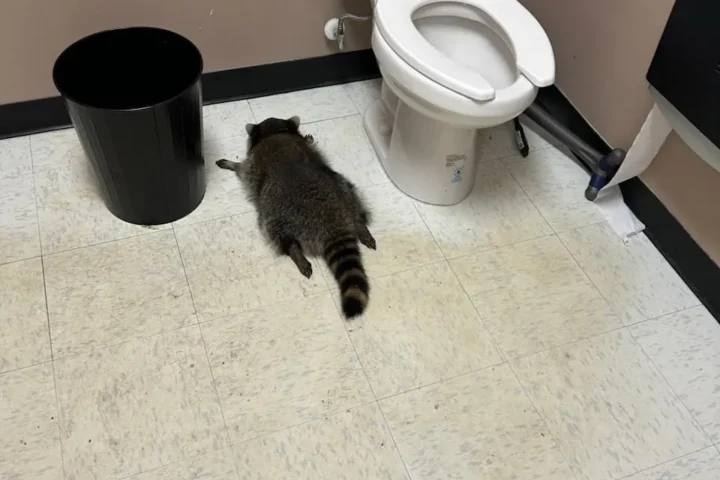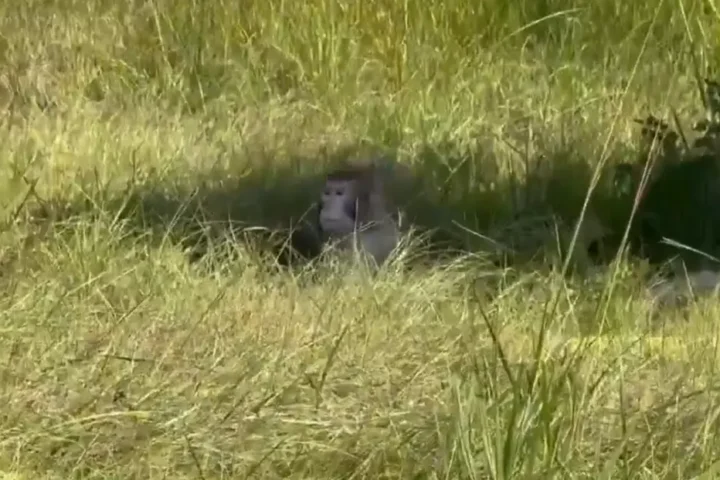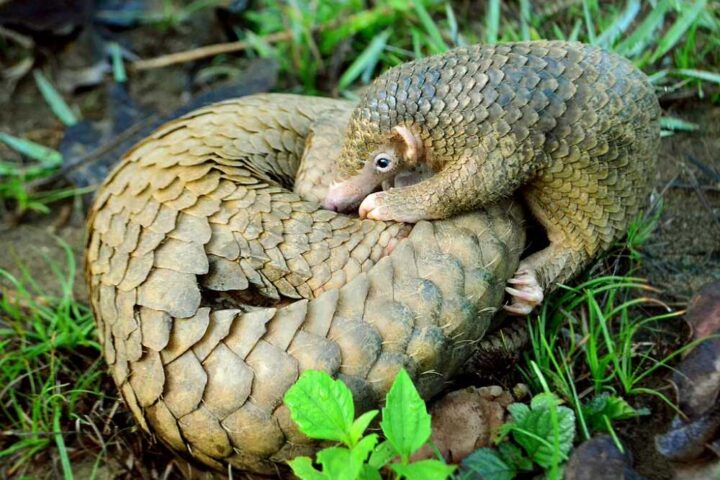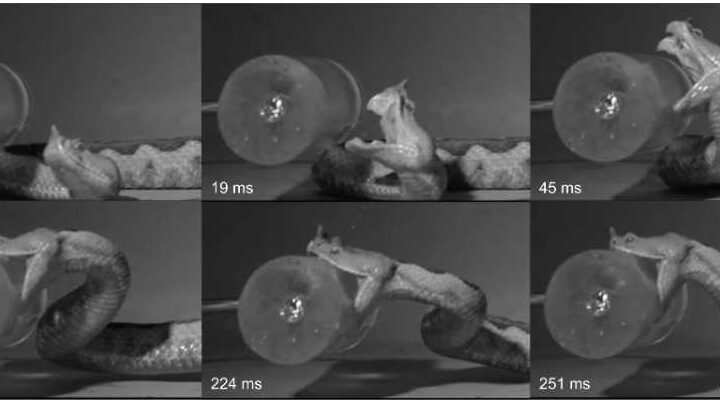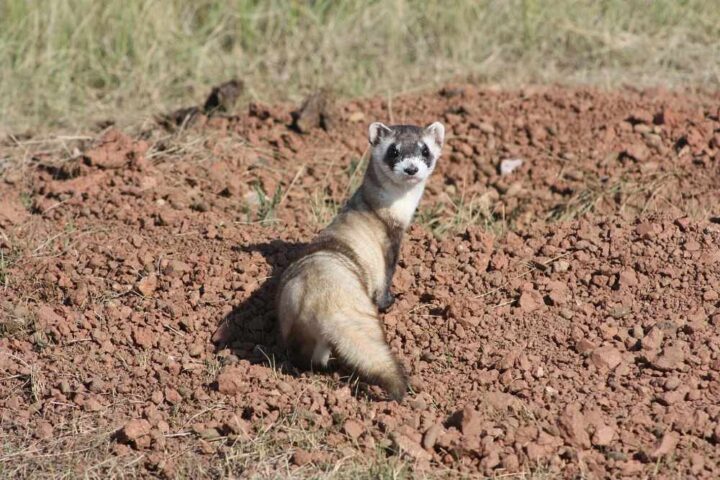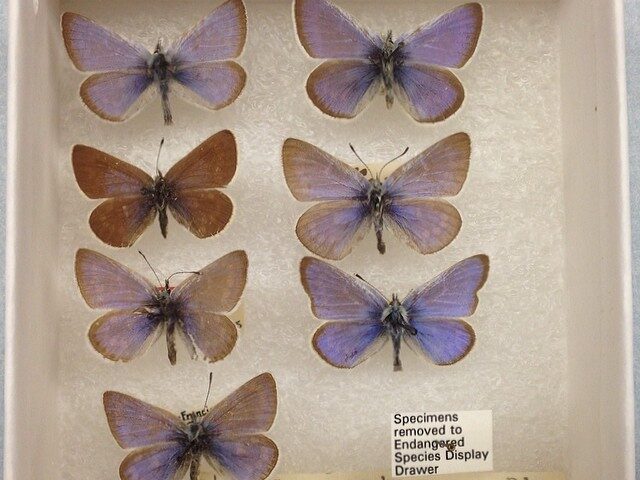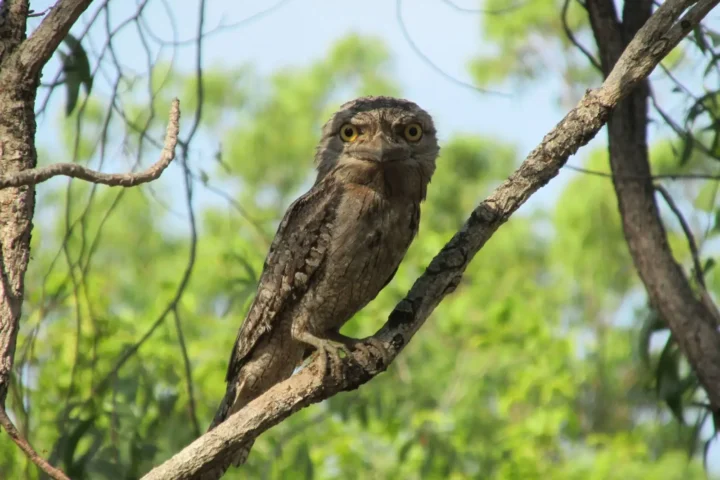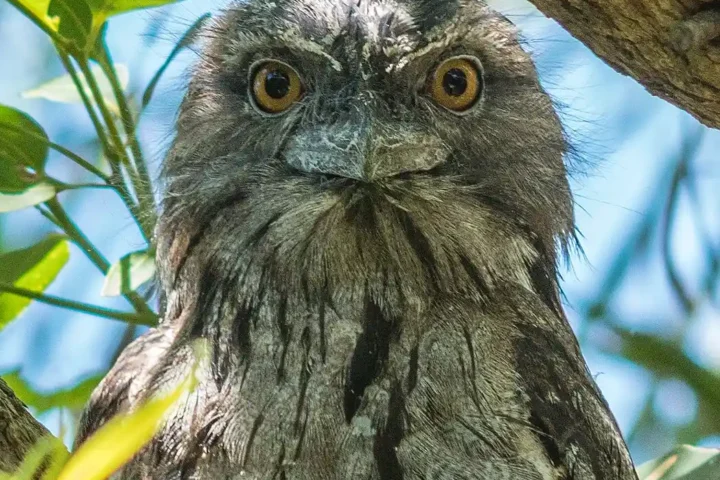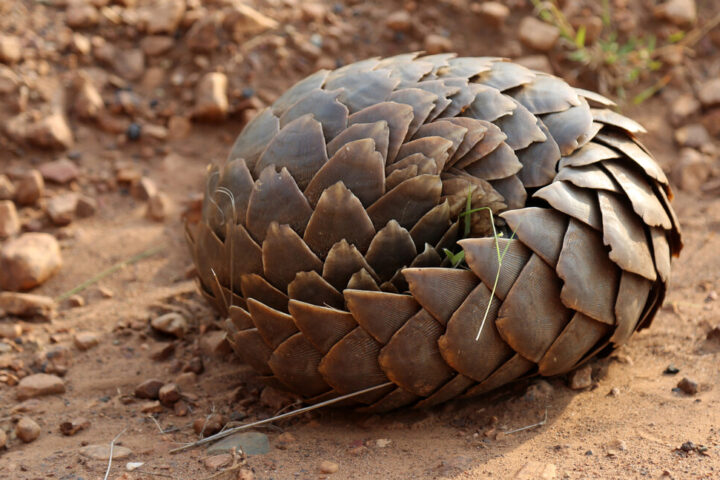Rabbits with strange black growths sprouting from their faces have startled Fort Collins residents this summer—a bizarre sight that even evokes scenes from The Last of Us—prompting widespread concern and curiosity throughout Colorado neighborhoods. These odd protrusions, sometimes described as “horns” or “tentacles,” have sparked both concern and curiosity throughout Colorado neighborhoods.
“I’ve seen one return year after year, and its growth just kept getting worse,” said local resident Susan Mansfield, who described the growths as resembling black toothpicks clustered around the rabbit’s mouth.
What’s Causing These Bizarre Growths?
Colorado Parks and Wildlife (CPW) officials have confirmed the lesions are papillomas consistent with rabbit papillomavirus, also known as Shope papilloma virus (CRPV). This virus causes wart-like growths made of keratin—the same protein found in human fingernails—that can become elongated and horn-like.
The virus has a fascinating scientific history. First discovered by researcher Richard E. Shope in 1933 using samples from Iowa, CRPV became one of the earliest mammalian models used to study how viruses can cause tumors. This research contributed to our foundational understanding of papillomaviruses and viral oncogenesis, knowledge that later informed HPV research and vaccine development.
How It Spreads
CRPV is commonly transmitted via arthropod vectors. Mosquitoes and ticks serve as the primary vectors, transferring the virus from infected to healthy rabbits. This explains why cases typically increase during warmer months when insect activity peaks.
The virus can also spread through direct contact between rabbits via skin lesions, which poses particular risks for domestic rabbits kept in groups. Evidence for transmission through contaminated food and bedding is limited.
Should People Be Worried?
The good news: this virus poses no threat to humans or other pets like dogs and cats. Papillomaviruses are typically species-specific. You cannot catch it from observing an infected rabbit, though wildlife officials strongly advise against touching or handling any wild animals.
For the rabbits themselves, the situation varies. Wild cottontails generally cope well—many tumors eventually resolve on their own. However, severe growths can interfere with eating or vision, potentially leading to starvation in extreme cases.
Domestic rabbits face greater risks. In pet rabbits, the infection tends to progress more seriously and may become malignant, requiring veterinary intervention including possible surgical removal.
The Jackalope Connection
It has been suggested that these virus-infected rabbits may have inspired one of America’s most enduring wildlife myths: the jackalope. These legendary horned rabbits, popular in Western folklore and tourist-trap taxidermy, bear a striking resemblance to rabbits with advanced CRPV infections.
CRPV has long been documented in North American cottontails; recent sightings in Colorado are consistent with its known range.
What Should Residents Do?
CPW offers clear guidance for Fort Collins residents:
- Do not touch or approach infected wild rabbits
- Observe them from a distance if interested
- Keep pet rabbits indoors or isolated from wild populations
- Monitor pet rabbits for any unusual skin lesions
- Contact a veterinarian immediately if you notice growths on pet rabbits
- Report unusual wildlife sightings to local wildlife authorities
The viral images of these rabbits have generated considerable online buzz, with social media users dubbing them “zombie bunnies,” “aliens,” or “Frankenbunnies.” While these nicknames reflect the startling appearance of infected animals, the underlying cause is a well-documented natural phenomenon.
The Science Behind the Growths
The virus triggers excessive growth of keratin-producing cells, creating the distinctive black, crusty protrusions. In scientific terms, these are benign papillomas—a type of tumor that, while often harmless, can occasionally develop into malignant growths.
Research shows the virus is most frequently reported in the Midwest; recent Colorado sightings align with vector seasonality. Wildlife agencies advise reporting unusual sightings; monitoring may occur through routine wildlife health surveillance.
For pet owners, keeping domestic rabbits away from wild populations remains the best prevention strategy, as there is no specific treatment or cure for the virus itself, though growths can sometimes be surgically removed by veterinarians.
The Fort Collins rabbit sightings, eerily reminiscent of post-apocalyptic imagery like The Last of Us, serve as a reminder of the complex relationship between wildlife, viruses, and human communities—where unusual natural phenomena can appear alarming but often have straightforward scientific explanations.



